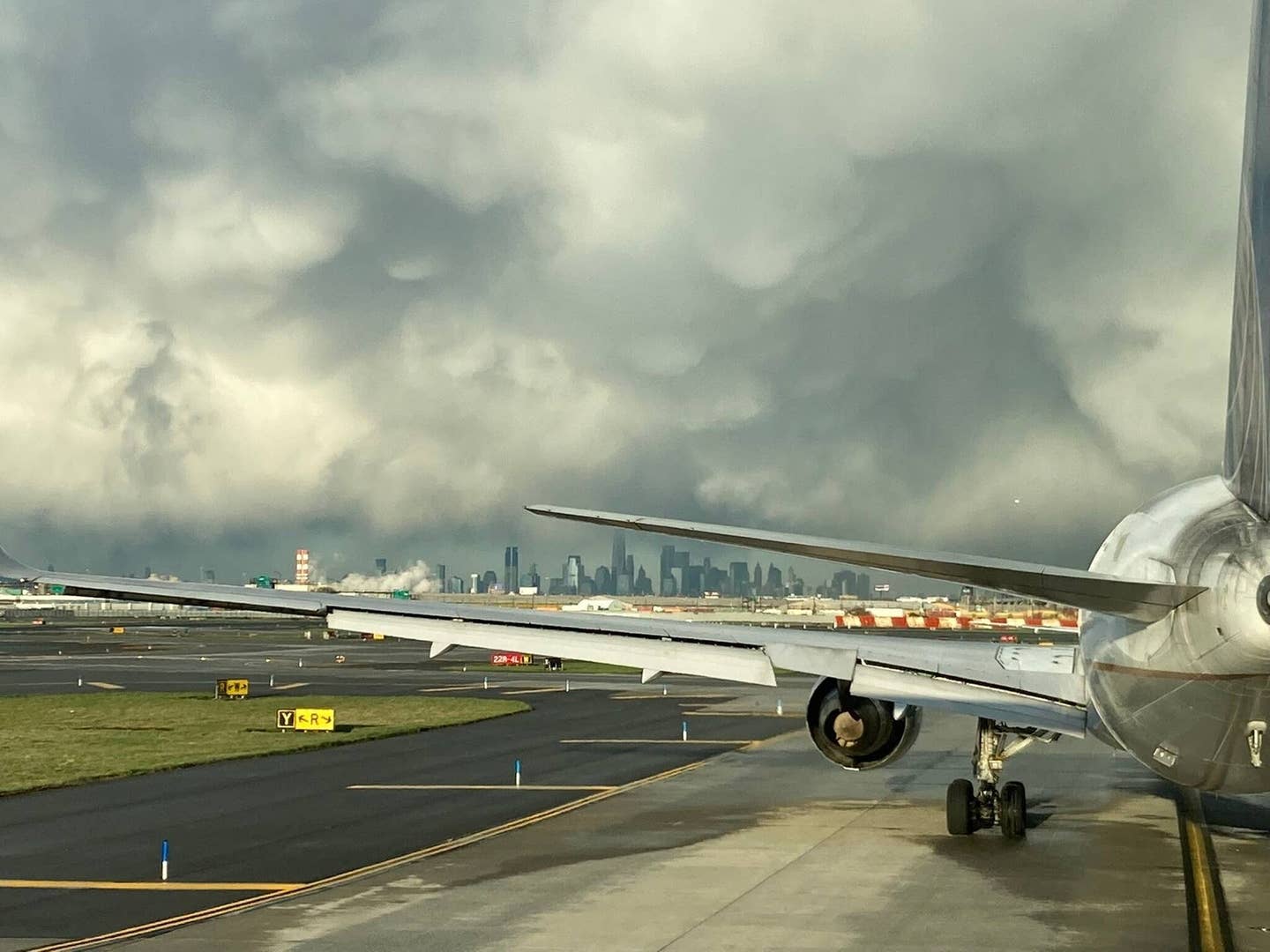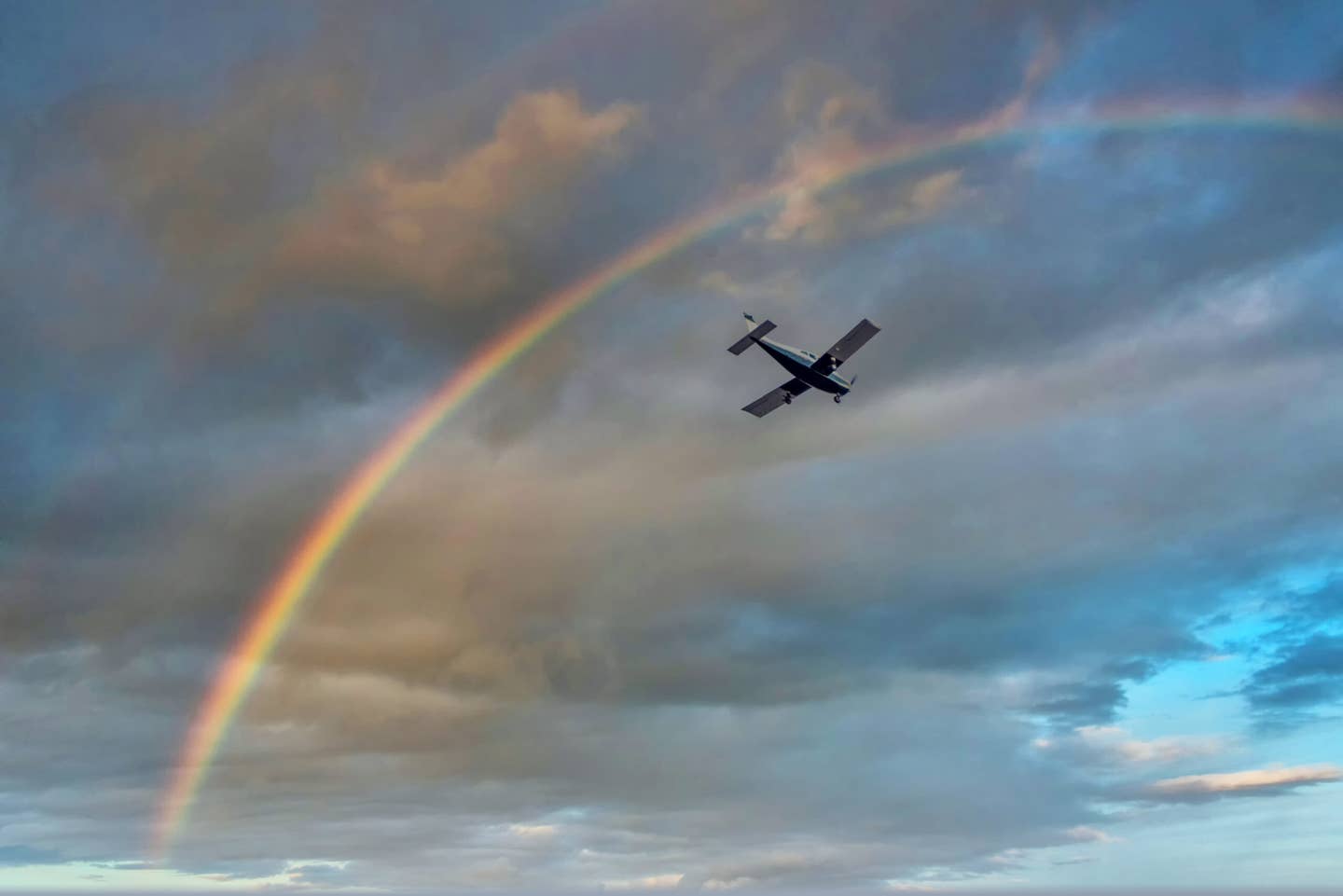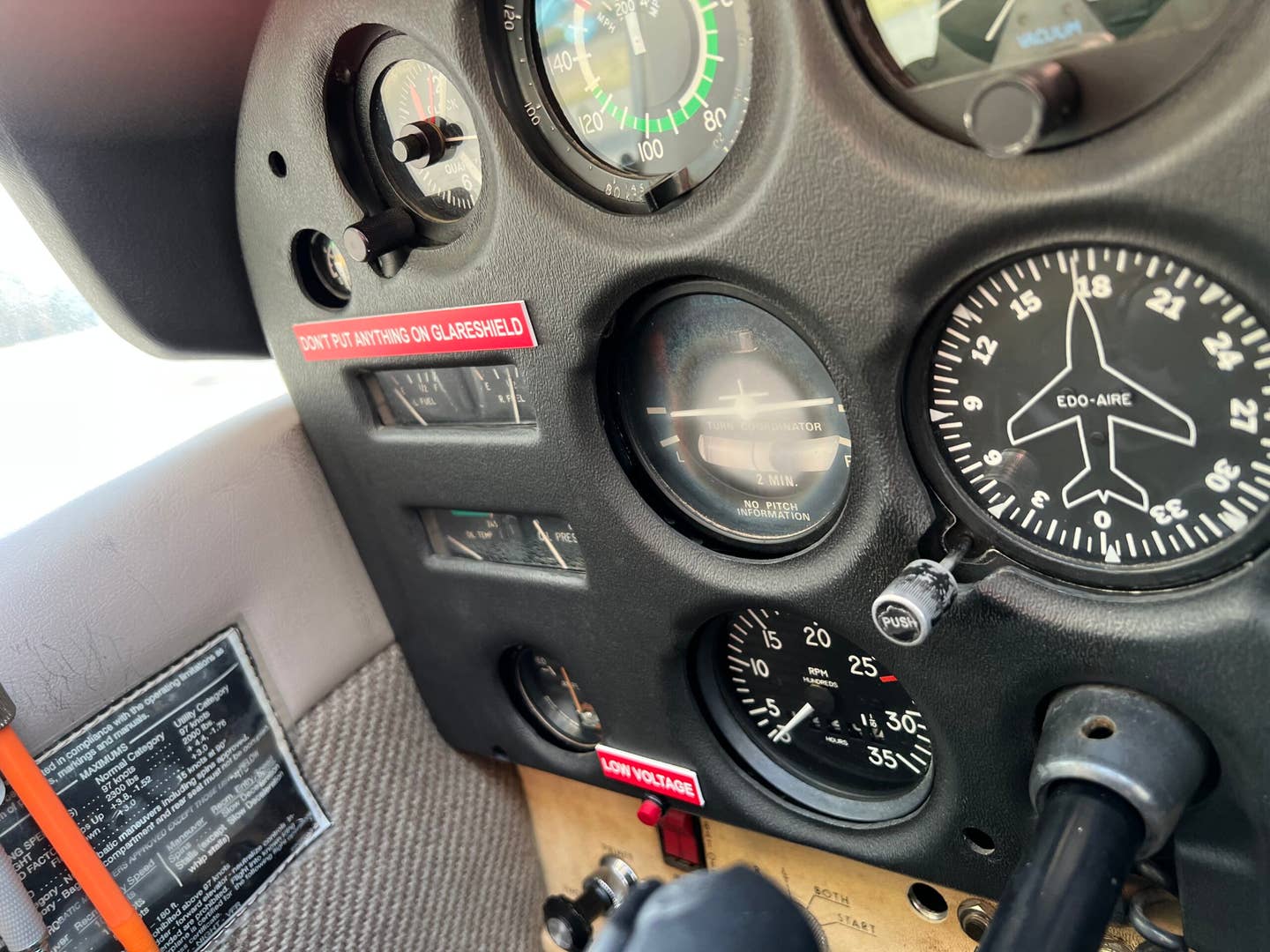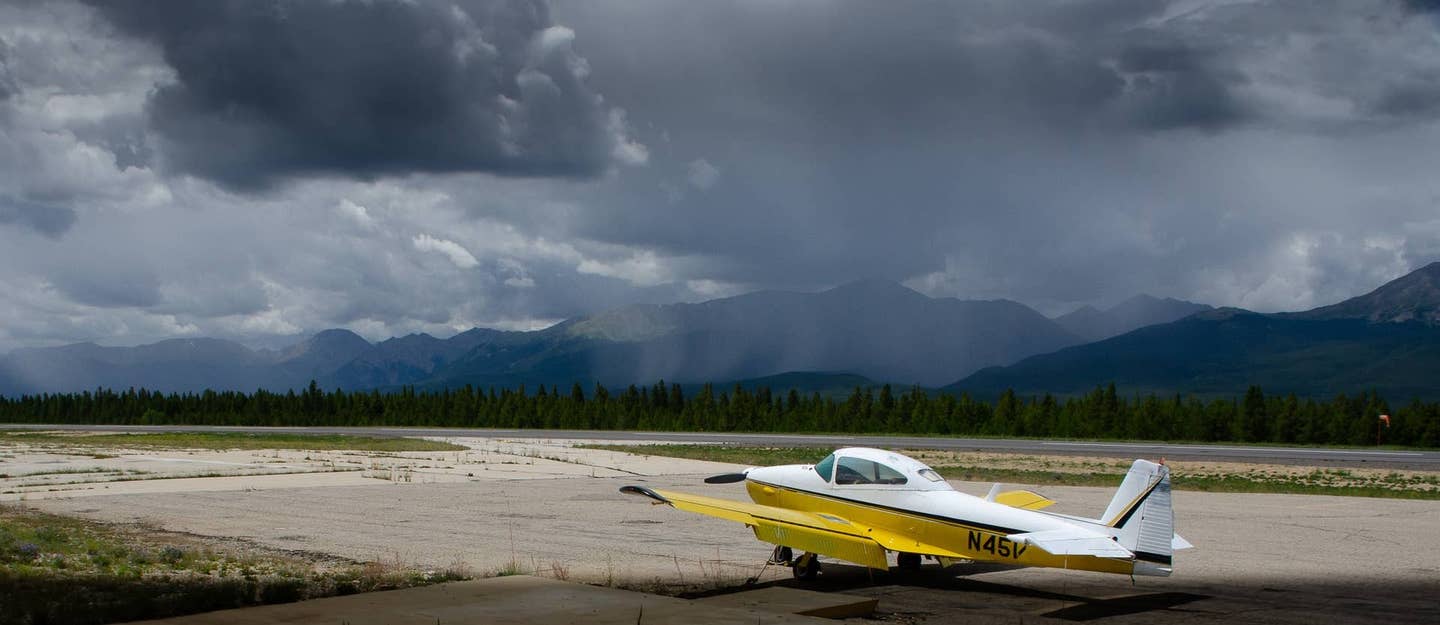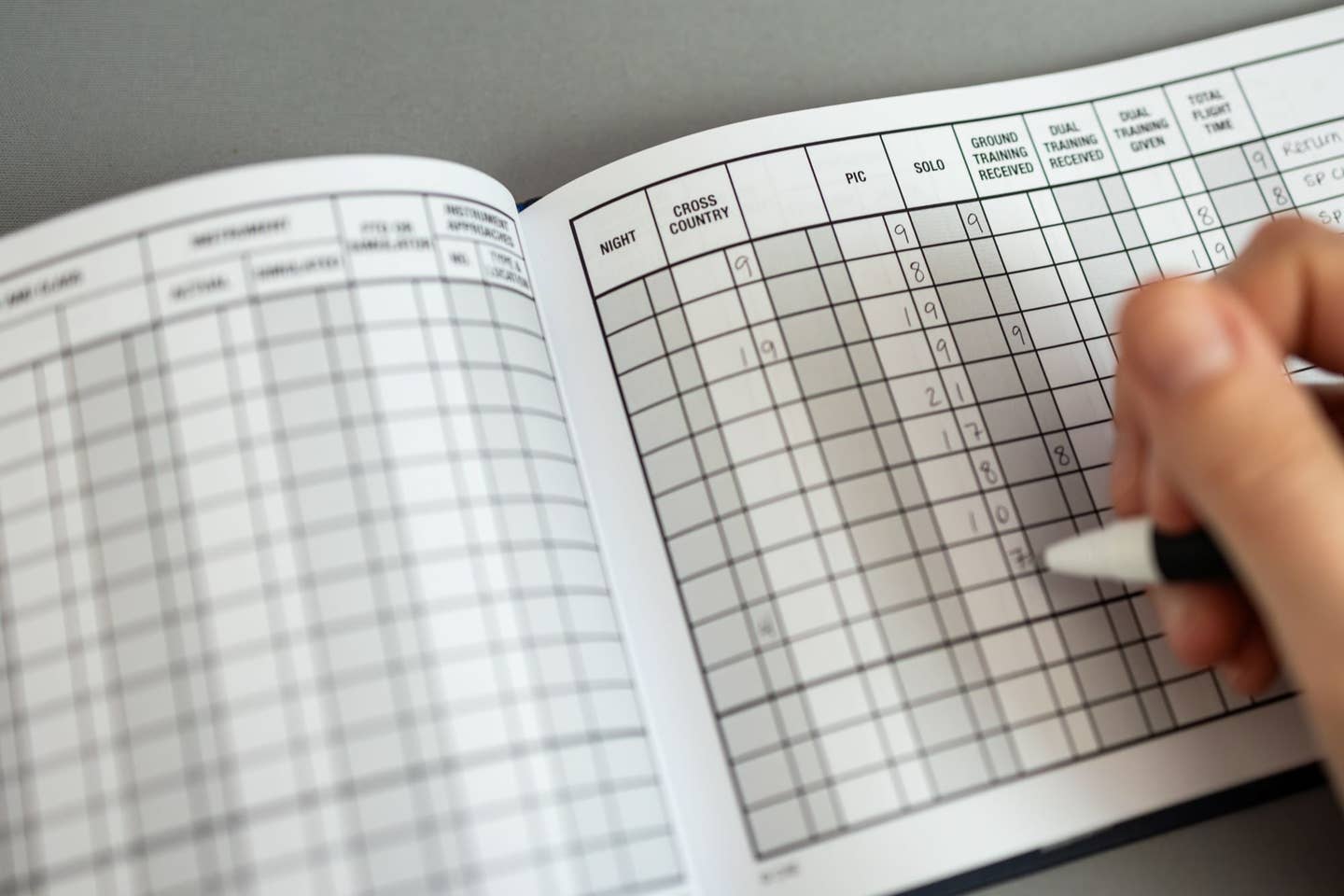
Flying at night requires an understanding of how darkness affects a pilot’s vision and what you can do to make sure you make the most of your night-limited vision.
The most important aspect of night flying with respect to vision acuity is to realize that it takes 30 to 45 minutes for your eyes to fully adapt to minimal light conditions. And if you look directly at a bright light for more than about a second, you’ll need to start the clock all over again and reacclimatize to the darkness.
That’s why it’s important to turn down cockpit lighting at night and avoid looking directly at bright lights. This process should start on the ramp before you ever climb into the cockpit, giving your eyes time to adjust before takeoff. Once in the air, if you need a flashlight, use one that allows you to turn down the gain so you don’t overdo the brightness and start back at square one.
It’s also important to understand that it can take longer to find certain controls in a dark cockpit and plan for that fact. If you’re a renter and fly a number of different airplanes, you’ll want to be certain you are completely familiar with the cockpit of any aircraft you will fly at night.
One way to accomplish this is to perform a blind cockpit check. To do this, sit behind the controls of the airplane during the day, close your eyes and try to locate the throttle, mixture and prop controls; light switches; landing gear, carb heat and flap levers; radios and GPS navigators; critical circuit breakers; altimeter and heading indicator knobs, and anything else you’ll need to manipulate in flight.
Subtle differences even among the same type of airplane can add to the time it takes to find a particular knob or dial. If you can locate them all bind-folded, you’ll be much better prepared when flying at night.

Sign-up for newsletters & special offers!
Get the latest FLYING stories & special offers delivered directly to your inbox


